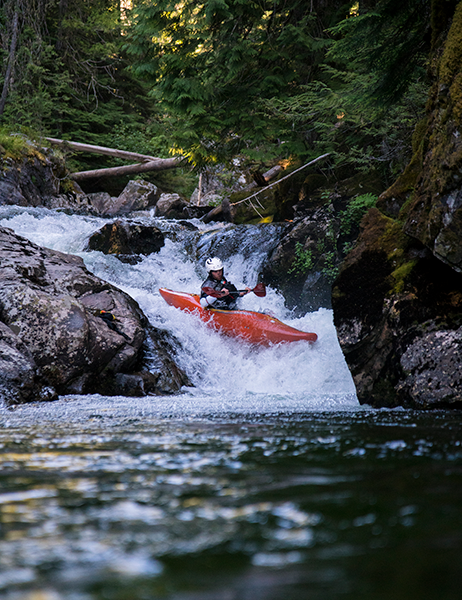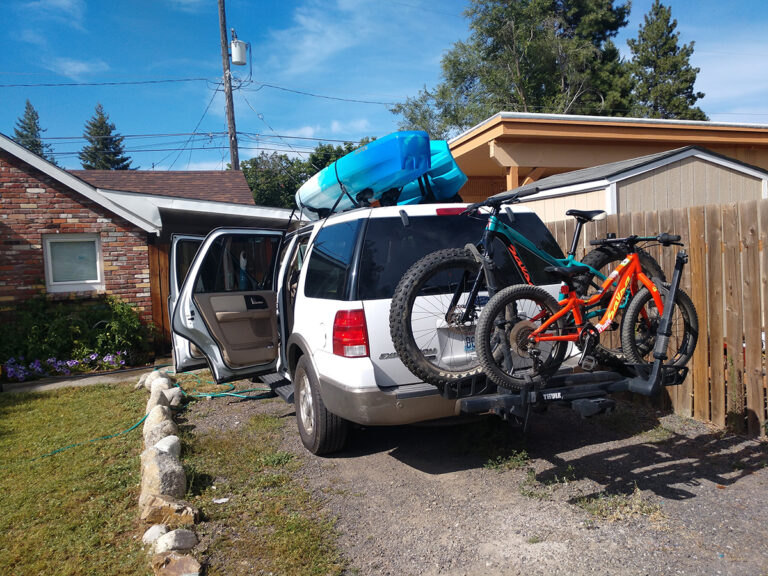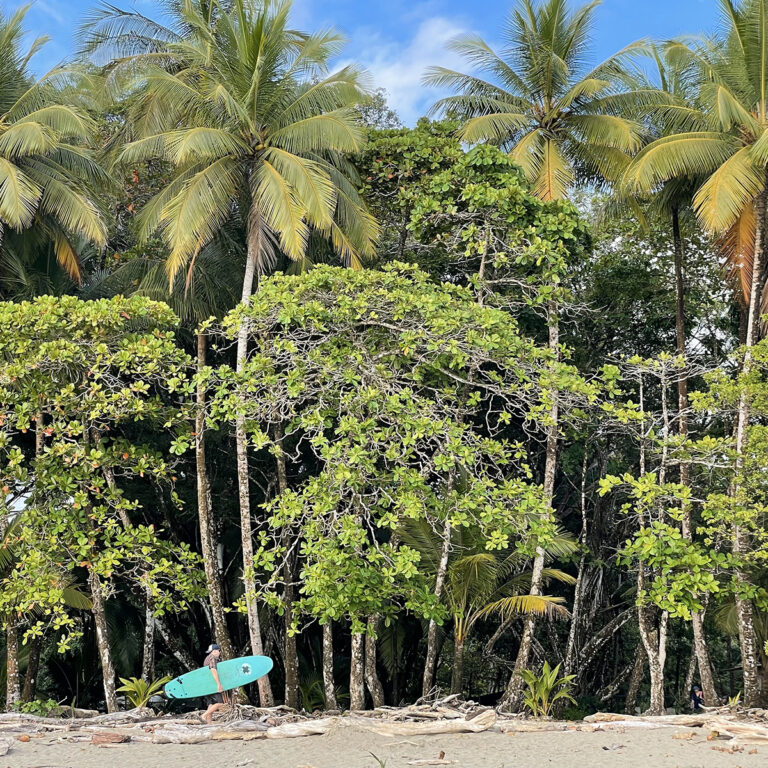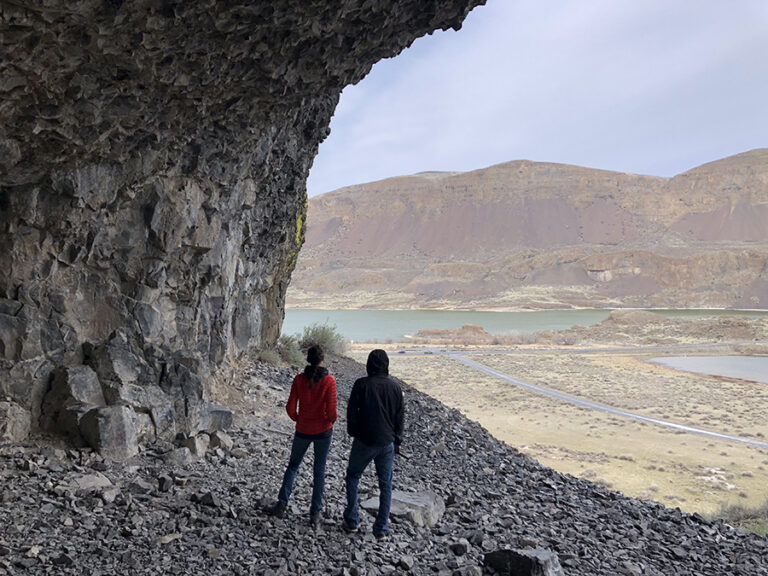No matter how long it’s been since I’ve been in my kayak, or how far life has drawn me away from the river, when winter begins to melt out of the mountains, I am lured back. I start watching the river levels. My paddle gear gets shuffled from the back of the garage towards the front in anticipation. I patch that tear in the neck gasket of my drysuit because I know I’ll be cold, and I wait.
I suffered my first spring. I paddled every Class II creek I could find wearing a secondhand semi-dry top and some wetsuit pants, praying that I wouldn’t have to swim out of my kayak. But I did. I remember doing jumping jacks on a beach downstream of Avery on the St. Joe River, trying desperately to warm myself enough so that I was able to get back in my boat and continue downstream. That spring I seriously considered trying something else. Eventually, though, I found myself paddling with people who knew what they were doing. They had drysuits. They stayed warm. When I bought my first drysuit, everything changed. That’s when I really learned to kayak. When spring circled back around the following year, I was prepared.
The mountains of North Idaho are full of whitewater that only comes out to play during spring, and kayakers will do whatever they have to do to get their fix. They’ve been biding their time all winter, patiently waiting for the sun to gather enough strength to pull old man winter out of the mountains.
Bribe some snowmobilers to drag a bunch of boats to the put-in? Done it. Hike a few miles up a creek through knee deep snow pulling kayaks behind us like sled-dogs? Done it. Bury a truck up to the axles in snow and decide to dig it out AFTER paddling? Done it.

When you slide off the shore and paddle out into a spring-swollen creek, the world changes. Work. Bills. Busted furnaces. They all slip underneath the waves to be replaced by the thud of boulders rolling along the creek bottom beneath you, turning your plastic kayak into a drum. Or, life’s worries are eclipsed by avalanche chutes terminating in crystal blue ice walls, towering over your head as you paddle past.
There are some creeks that exemplify this more than others—creeks that run milky blue, as if they had drained straight from the underbelly of a glacier. Pondering the return of spring from your kayak while cresting waves grown tall by melting snow is unlike anything else I’ve experienced.
As spring advances, even creeks that usually trickle out of the mountains become torrents. The prospects for adventure multiply, and so does the danger. Swelling waters move fallen trees and debris, sometimes causing logjams. There’s nothing more gut wrenching than coming around a blind corner on a raging creek and seeing a tree across the channel in front of you.
Whitewater kayaking is full of risk. If you are thinking about trying it for the first time I congratulate you, then ask you to seriously consider whether you would enjoy finding yourself knocked upside down and backwards in whitewater, holding your breath, while your face freezes as you try to roll back upright. If so, I promise you will glow at the end of an epic day of whitewater.
Spring always seems slow to come, then leaves quickly. As it vanishes, so do the paddling opportunities on many of the creeks flowing out of our mountains. Paddlers begin trekking west towards Hood River, or to the slopes of the Cascades to chase their whitewater dreams. Others head back into the mountains to pursue other sports such as rock climbing or mountain biking. Next spring, though, they will be back watching the river levels rise and eagerly planning the first run of the season. // (Jason Wilmoth)
Jason Wilmoth has been chasing adventure and solitude in the mountains and rivers of the Inland Northwest for almost 20 years through whitewater kayaking, climbing, and hiking. He wrote about rockhounding in March.
Connect with the Paddling Community
There are several paddling groups in the area such as the Spokane Canoe and Kayak Club, and I’ve never met a kayaker who wasn’t willing to help someone new to the sport. Give it a try, but take it slow, go with others, and be safe. The Spokane Canoe and Kayak Club is dedicated to promoting safe and fun paddling of all types (canoes, kayaks, rafts and paddle boards), and the club welcomes all paddlers of non-motorized craft. In addition to monthly meetings with educational programs, the club hosts Wednesday evening whitewater paddling outings, as well as several flat-water outings and clinics for boaters to sharpen their skills. Learn more at www.sckc.ws. //
Feature photo: Chris Celentano












